Hi there, pet lovers! 🐍💚
Snakes make fascinating, low-maintenance pets, but while Ball Pythons and Corn Snakes often steal the spotlight, there are many other incredible species worth considering. Whether you’re an experienced keeper or simply looking for something more unique, this guide covers five of the best pet snakes—each with distinct personalities, care needs, and quirks.
From the dramatic Hognose Snake to the massive Common Boa, these snakes offer unmatched interaction, beauty, and charm. Let’s explore what makes each one special.
Overview
| Snake | Size | Temperament | Diet | Key Feature |
|---|---|---|---|---|
| Western Hognose Snake | 18-24 inches (females larger) | Curious, dramatic, rarely bites | Rodents (captive-bred) | Playful personality, comical antics |
| King Snake / Milk Snake | 3-5 feet | Active, food-motivated | Rodents | Striking colors, excellent eaters |
| Garter Snake | 2-4 feet | Energetic, social | Fish, worms, rodents | Great for naturalistic setups |
| Common Boa (BCI) | 6-8 feet | Docile, intelligent | Rodents (larger prey as adults) | Gentle giant, great for handling |
| Kenyan Sand Boa | 15-30 inches (females larger) | Shy but curious | Rodents | Burrowing habits, unique appearance |
Now, let’s dive into the details of each snake.
1. Western Hognose Snake – The Dramatic Charmer
Why the Western Hognose Snake Stands Out
The Western Hognose Snake is one of the most entertaining pet snakes due to its playful personality and theatrical defense displays (playing dead, hissing dramatically). Their upturned snout and expressive eyes make them irresistibly cute.
Key Features
✔ Personality: Curious, interactive, and full of antics—some even “fake strike” with their mouths closed.
✔ Diet: Rodents (f/t preferred)—captive-bred individuals rarely refuse meals.
✔ Enclosure: 20-40 gallons (females need more space).
✔ Lifespan: 15-20 years with proper care.
Pros & Cons
✅ Pros:
❌ Cons:
- Mildly venomous (harmless to most, but some may react).
- Some individuals go through a “hissy” phase.
- Males stay small (may feel too tiny for some keepers).
Best For:
Keepers who want a small, personable snake with big character.
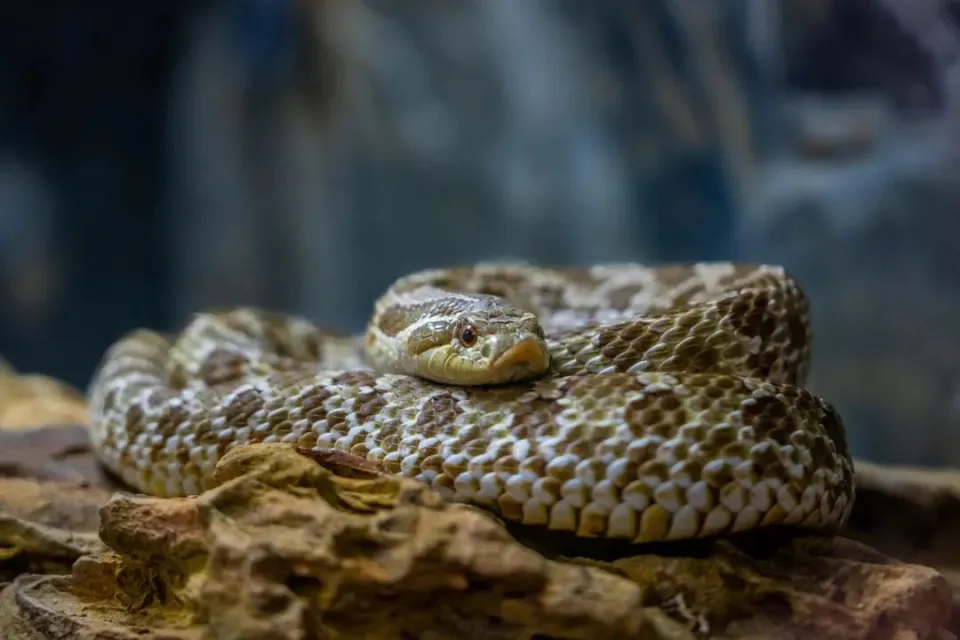
2. King Snake & Milk Snake – The Vibrant Hunters
Why King Snakes & Milk Snakes Are Unique
Known for their striking color patterns, King Snakes and Milk Snakes are active, hardy, and excellent feeders. They come in dozens of morphs, from tricolor Pueblan Milk Snakes to jet-black Mexican Black Kingsnakes.
Key Features
✔ Personality: Bold and food-driven—always on the move.
✔ Diet: Rodents (great appetite, rarely refuse meals).
✔ Enclosure: 40-75 gallons (depending on species).
✔ Lifespan: 15-25 years.
Pros & Cons
✅ Pros:
- Stunning variety of colors and patterns.
- Very hardy and adaptable.
- Active during the day (great for display).
❌ Cons:
- Can be nippy (mistakes fingers for food).
- Not as “cuddly” as heavier-bodied snakes.
- Some species musk when stressed.
Best For:
Owners who want a visually striking, active snake that’s easy to feed.
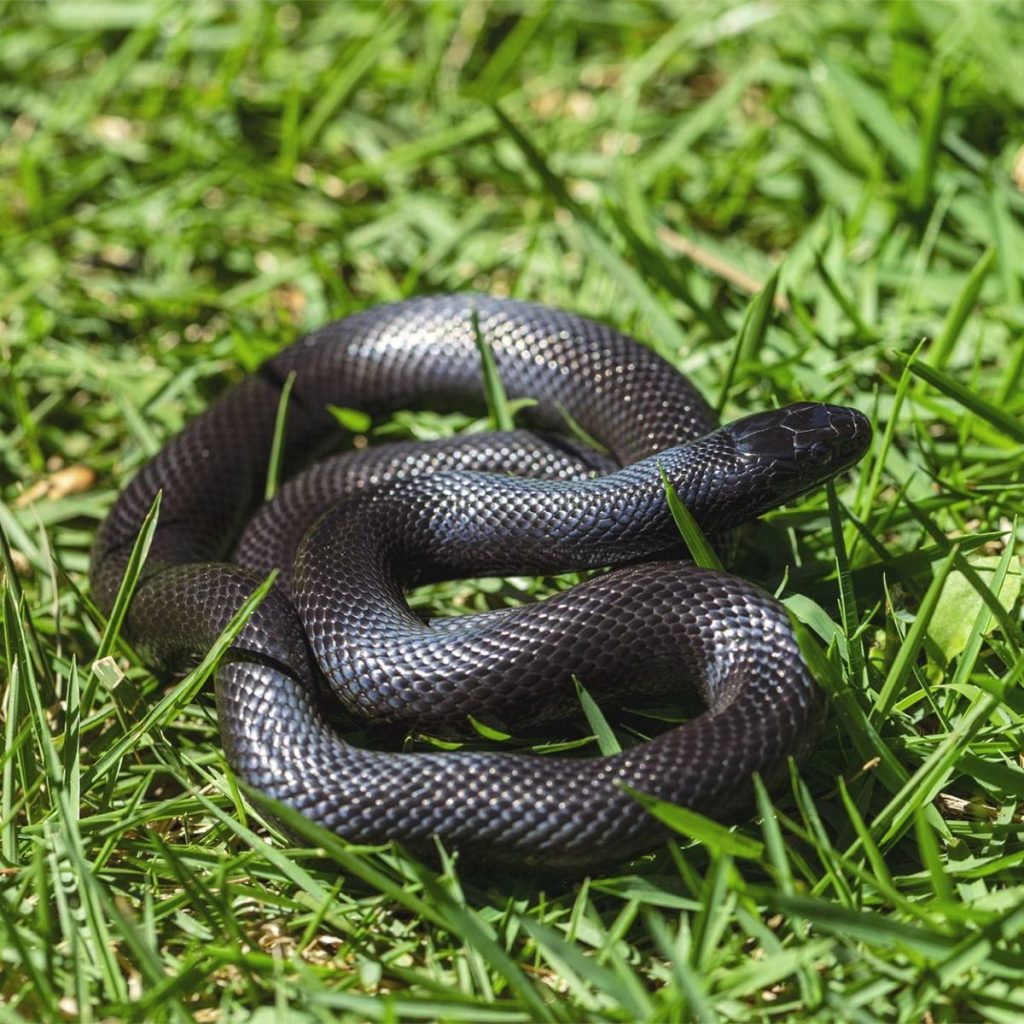
3. Garter Snake – The Underrated Gem
Why the Garter Snake is Special
Often overlooked due to their wild abundance, Garter Snakes are fantastic pets with social behaviors and unique dietary needs. Some species, like the California Red-Sided Garter, are exceptionally beautiful.
Key Features
✔ Personality: Highly active, curious, and social (can be kept in groups).
✔ Diet: Fish, worms, and rodents (varied diet).
✔ Enclosure: 30-50 gallons (with water area).
✔ Lifespan: 10-15 years.
Pros & Cons
✅ Pros:
- Can eat fish/worms (no rodents needed).
- Great for naturalistic bioactive setups.
- More visible than many burrowing snakes.
❌ Cons:
- Musk when stressed (wild-caught more prone).
- Requires varied diet (not just mice).
- Not as handleable as slower snakes.
Best For:
Keepers who enjoy observing natural behaviors and unconventional diets.

4. Common Boa (BCI) – The Gentle Giant
Why the Common Boa is a Top Choice
The Boa Constrictor Imperator (BCI) is one of the most rewarding large snakes—intelligent, calm, and great for handling. Unlike their massive relatives (like Red-Tailed Boas), BCIs stay at a manageable size.
Key Features
✔ Personality: Docile, intelligent, and enjoys interaction.
✔ Diet: Rodents (larger prey as adults).
✔ Enclosure: 6x2x2 ft minimum for adults.
✔ Lifespan: 20-30 years.
Pros & Cons
✅ Pros:
- Gentle temperament (rarely bites).
- Impressive size without being dangerous.
- Long lifespan (great for committed keepers).
❌ Cons:
- Requires large, sturdy enclosures.
- Bigger food = higher cost.
- Not ideal for first-time snake owners.
Best For:
Experienced keepers ready for a large, interactive snake.
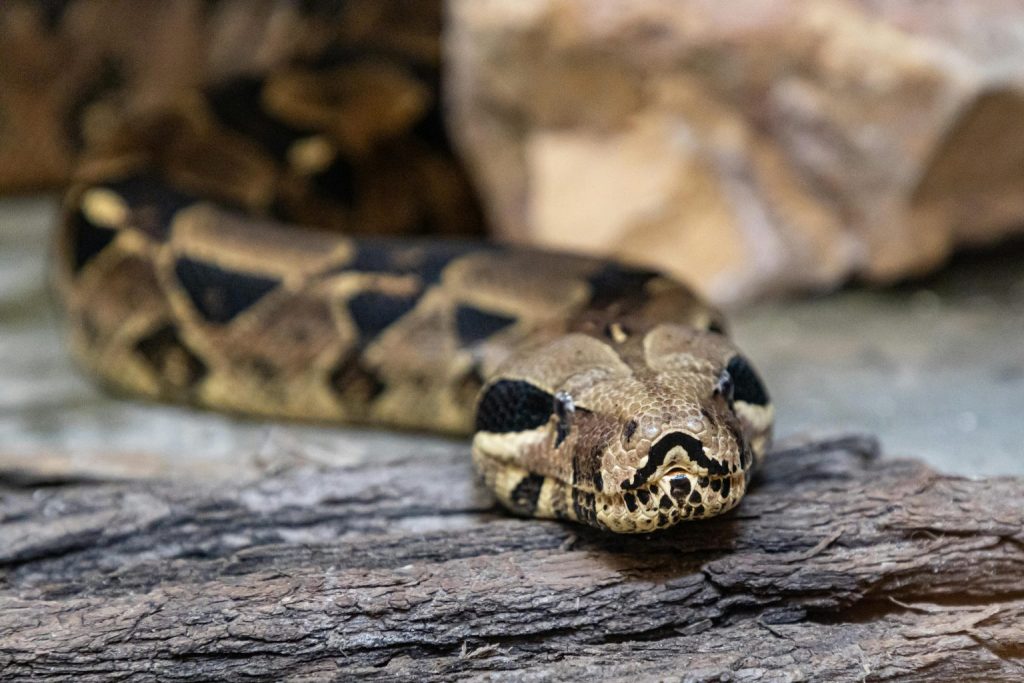
5. Kenyan Sand Boa – The Quirky Burrower
Why the Kenyan Sand Boa is Unique
With their comical faces and burrowing lifestyle, Kenyan Sand Boas are adorably weird. They’re small, easy to care for, and perfect for those who love oddball reptiles.
Key Features
✔ Personality: Shy but curious (more active at night).
✔ Diet: Rodents (easy feeders).
✔ Enclosure: 10-20 gallons (females need more).
✔ Lifespan: 15-20 years.
Pros & Cons
✅ Pros:
- Super low-maintenance.
- Great for small spaces.
- Funny feeding response (side-strikes).
❌ Cons:
- Rarely seen (burrows constantly).
- Not as interactive as other snakes.
- Males stay very small (almost worm-like).
Best For:
Those who want a unique, low-effort pet snake.
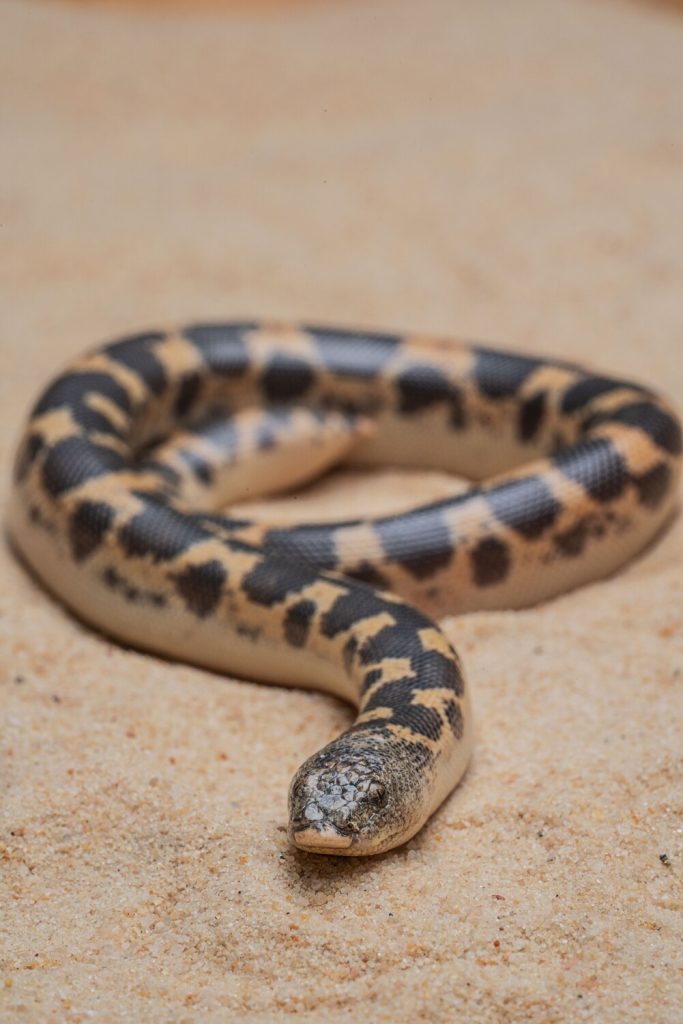
Final Thoughts
Each of these snakes brings something special—whether it’s the Hognose’s drama, the King Snake’s colors, the Garter’s activity, the Boa’s intelligence, or the Sand Boa’s weirdness.
Before Choosing, Consider:
✔ Space requirements (some need large enclosures).
✔ Feeding preferences (live vs. frozen, fish vs. rodents).
✔ Handling expectations (active vs. calm snakes).
Which snake appeals to you the most? Let us know in the comments!
For more snake care guides, stay tuned—and don’t forget to subscribe for updates! 🐍💚




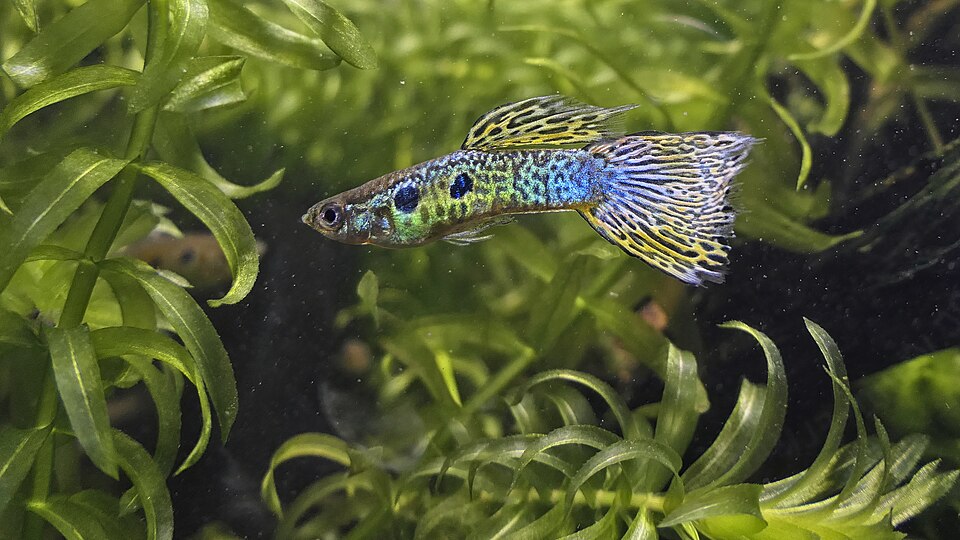
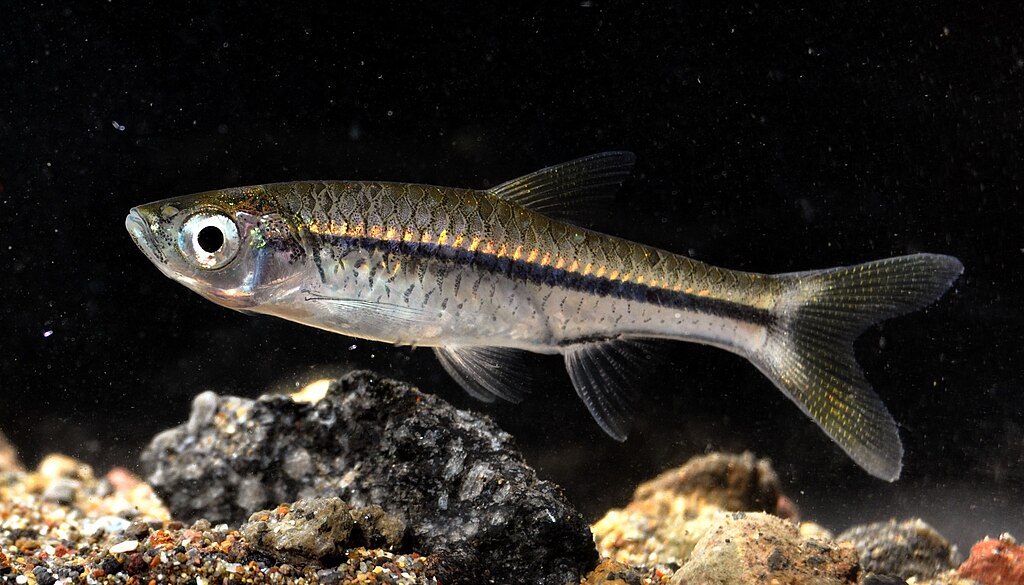
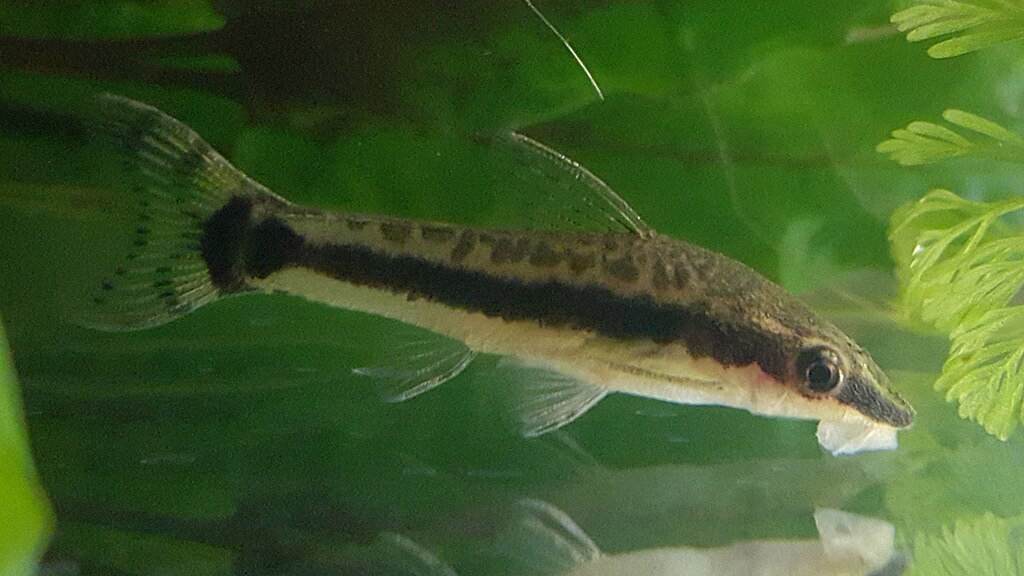

Leave a Reply